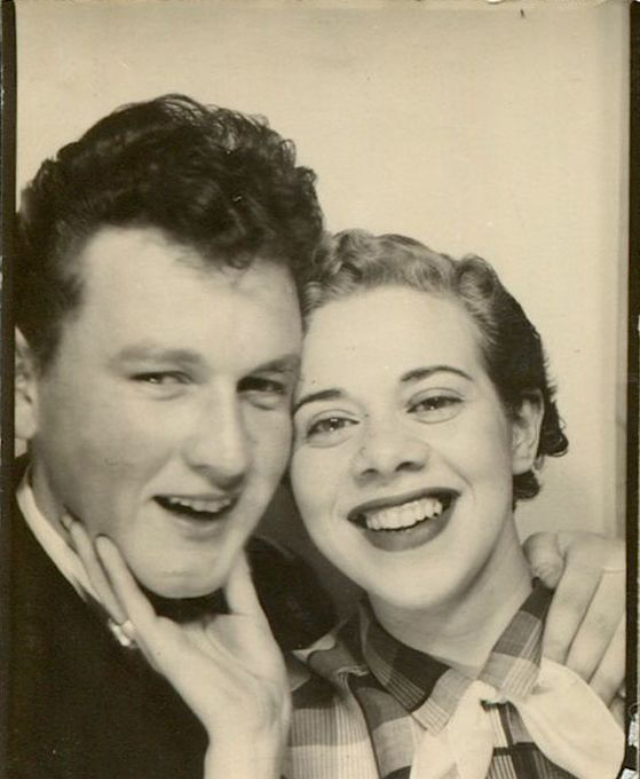In the 1930s and 1940s, photo booths were a popular form of entertainment and a means to capture personal memories. These booths were typically found in bustling public places such as amusement parks, arcades, train stations, and department stores.
The private nature of the booth allowed people to express themselves freely, often resulting in playful, candid photos. Couples, friends, and even families would crowd into the small space to capture a moment together.
Photo booths were accessible to the general public and affordable, usually costing around 25 cents for a strip of four photos. This made them popular among people of all ages. The photo strips produced by these booths became cherished keepsakes. People often collected these strips, trading them or displaying them in scrapbooks or wallets.
The rise of photo booths coincided with a period of technological advancement and cultural change. As the 1940s was a decade marked by World War II and the subsequent social shifts, photo booths provided a small, joyful respite from everyday life, capturing fleeting moments of happiness and human connection.
Overall, the photo booth was not just a machine but a cultural icon, representing spontaneity, fun, and the democratization of photography during the 1930s and 1940s.

















































0 comments:
Post a Comment